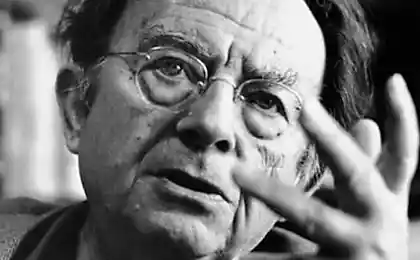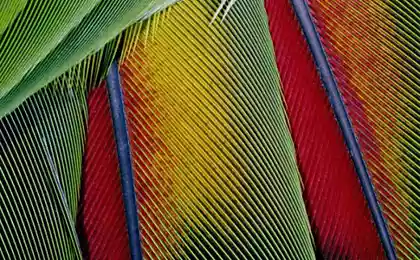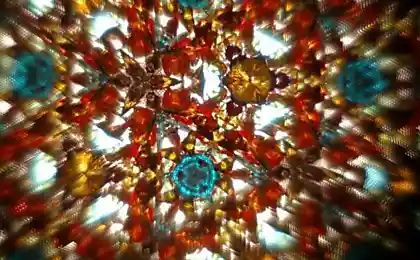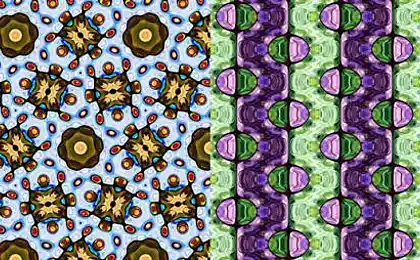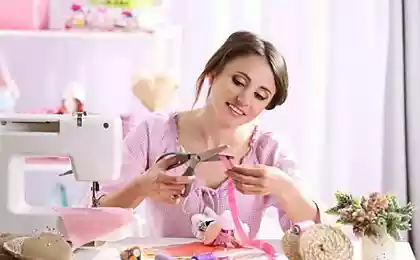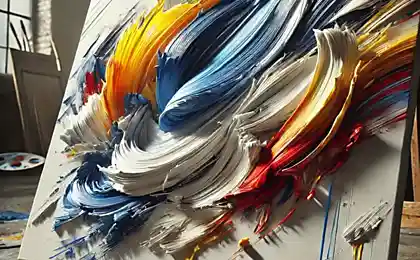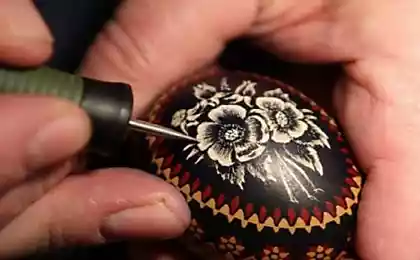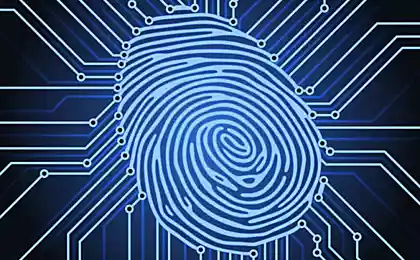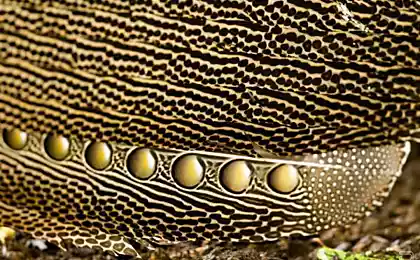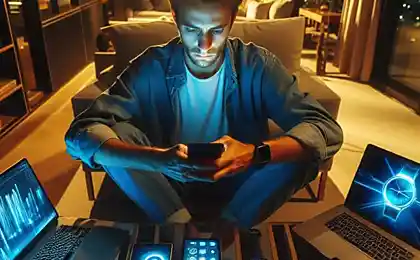650
The patterns created by nature
Photographers National Geographic Channel decided to take a closer look at the patterns caused by nature itself in the body of our smaller brethren.
10 textures via Etoday
Black and white stripes on the back of a zebra Grant. (Tim Laman / National Geographic)

Eye fish fugu (puffer painted) uninitiated viewer might seem like a coral on the Indonesian island. (Tim Laman / National Geographic)
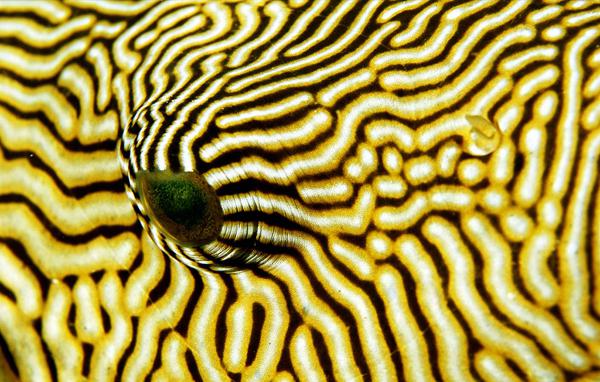
Spot giraffe form irregular patterns. (Michael Nichols / National Geographic)
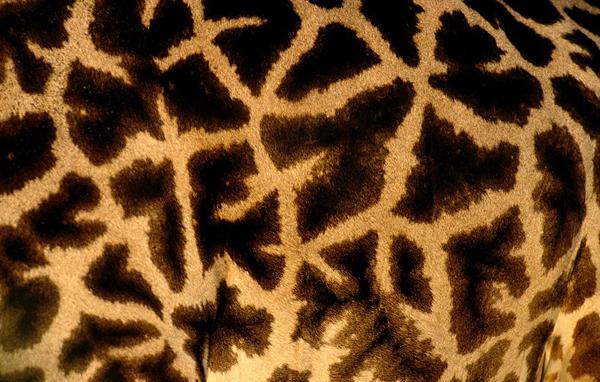
Feathers create a colorful show of the moment. (George Grall / National Geographic)

The coat of the jaguar (Panthera onca) and make up the complex intertwining maze of rings and dots. (Steve Winter / National Geographic)

Moth wings shimmer pearl in this photograph taken in the reserve Danum Valley in Sabah, Malaysia. (Mattias Klum / National Geographic)
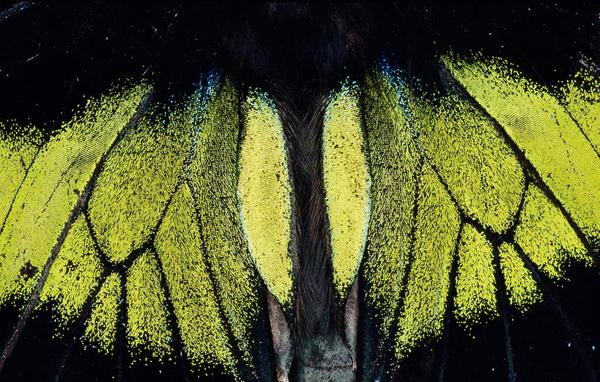
Sensitive cancer on the body of arctic char fish used during the annual spawning migration. (Sam Abell / National Geographic)

A close look at the wet wool cheetah. (Chris Johns / National Geographic)

The skin of an African elephant can reach up to 2, 5 cm in thickness. (Bobby Model / National Geographic)
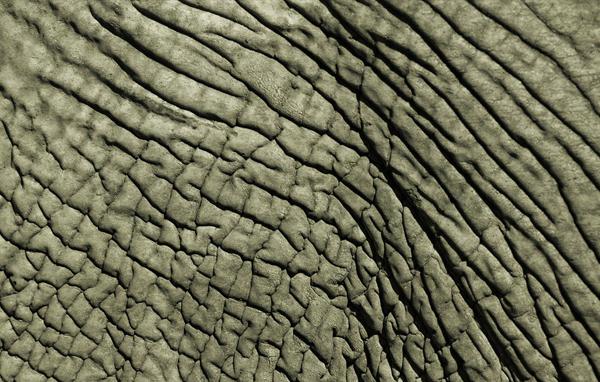
Boas ordinary use their heat-sensitive scales to detect prey. (Rich Reid / National Geographic)

Source:
10 textures via Etoday
Black and white stripes on the back of a zebra Grant. (Tim Laman / National Geographic)

Eye fish fugu (puffer painted) uninitiated viewer might seem like a coral on the Indonesian island. (Tim Laman / National Geographic)

Spot giraffe form irregular patterns. (Michael Nichols / National Geographic)

Feathers create a colorful show of the moment. (George Grall / National Geographic)

The coat of the jaguar (Panthera onca) and make up the complex intertwining maze of rings and dots. (Steve Winter / National Geographic)

Moth wings shimmer pearl in this photograph taken in the reserve Danum Valley in Sabah, Malaysia. (Mattias Klum / National Geographic)

Sensitive cancer on the body of arctic char fish used during the annual spawning migration. (Sam Abell / National Geographic)

A close look at the wet wool cheetah. (Chris Johns / National Geographic)

The skin of an African elephant can reach up to 2, 5 cm in thickness. (Bobby Model / National Geographic)

Boas ordinary use their heat-sensitive scales to detect prey. (Rich Reid / National Geographic)

Source:
